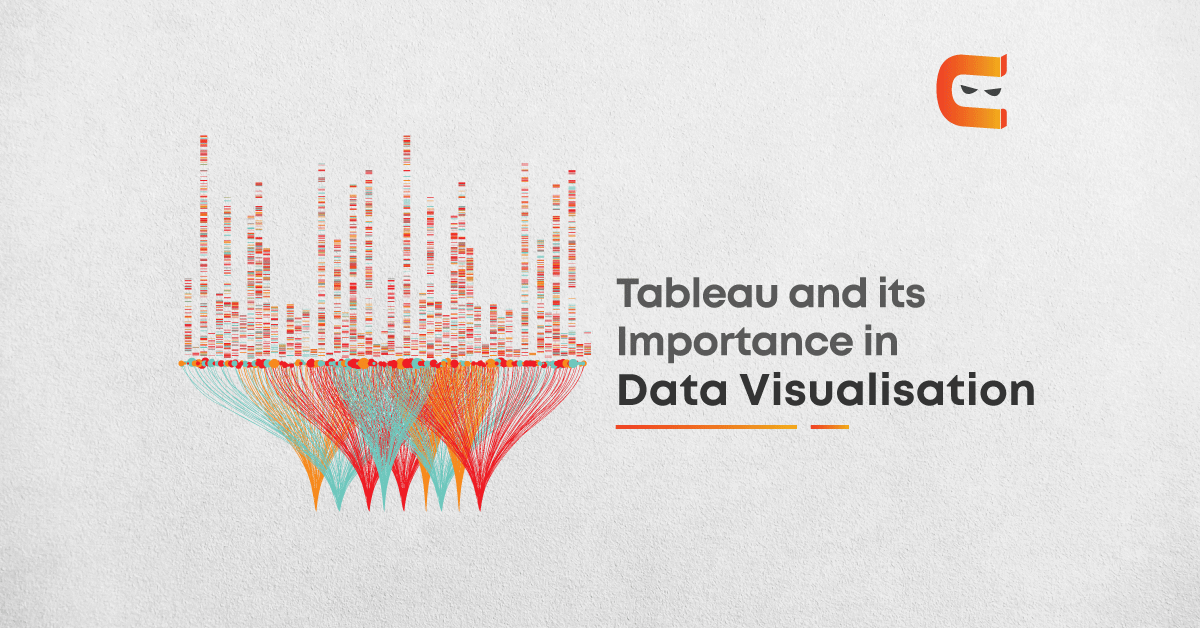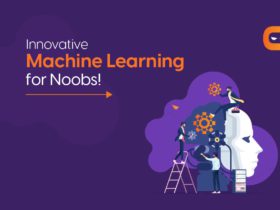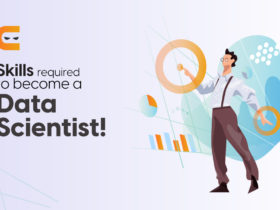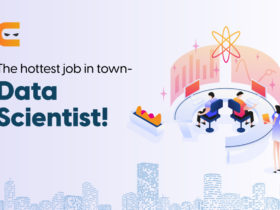A tableau is a tool that allows you to visualise data in the most constructive format which can help make business decisions. Basically, a business intelligence tool that makes better decisions for the company but it is not only limited to that.
Tableau also does that work which is mostly done on other platforms like Excel such as making pie charts, graphs, and storing data in file formats but it mainly focuses on Visual Analysis.
Visual Analysis is a workflow of certain businesses to understand that we need to know about analytics or business intelligence. Any business goes to the sequences of steps to understand or to answer a particular question about their product for understanding let’s take an example of sale business,
A sale business has some products that they sell in the market all these products are stored somewhere in the database, once the storing is done our next task is to perform data analytics using the ETL (Extract, Transfer, Load) tools that check for any corrections in that dataset.
Once that is done the data is transfer to Data Scientist which takes the insights outs of that data which is then shared among other members of the company which help in making a better decision. When the final decision is made then the next thing is to monitor all the changes in the sales and the process continues, this is termed as business intelligence.
It is used in mostly all steps of business intelligence and serves a role in better data visualisation. It offers many tools that are used in different parts of business intelligence all these tools serve different purposes and are used accordingly.
Let us understand each tool that we can use in each step and how these tools help in visualisation.
The first step of any process is to store the data in a database that is safe and can only be accessed by authorized users, to do this operation we connect the data to it using Tableau data extract (TDE) which is also termed as Hyper. It allows users to load data of different formats such as CSV, Excel or data can also be loaded directly from the data server. Data can contain many columns(fields), rows all this information can be pinged down to one single common table using Data Interpreterthen If you open the Excel data file, you will see some metadata in it.
Once the data is loaded and connected it’s time to analyse the data which has two parts in it,
- Data that we are dealing with can contain many fault values and missing values. These values need to be corrected in the first step of data analysis this step is termed as Data prep.
Data prep any data whether it is already in clear format or dirty need to be checked before we do any visualisation on it. To prepare the data Tableau tool checks the entire data and clean it such as, by filling the missing values, the process of handling the data is term as ETL (extract, transform and load) to do all this.
Tableau prep builder, which allow you clean, shape, and transform the data by making it easier by:
- Pivoting the data
- Removing empty fields
- Replacing fields
- Merging fields from different data sources
All these operations are based on the basic mathematical operation which is, Union of data sets, Joins of different data sets, etc. It provides a visual and easy to understand interface for performing all these operations.
- Now, when we have cleaned data our next task is to explore the data and analyze it to collect insights from it, to do so we have Tableau Desktop and Tableau Public.
Tableau Desktop, which is a basic desktop application provided to the user to create interactive data visualisations, which ultimately allows data exploring. All this can be done by creating charts, graphs, dashboards over the connected data. Tableau Desktop can also connect to the cloud and also access data from the local memory. Tableau Desktop can deal with any data format from Excel to any raw large or small database also Web APIs. Tableau is not free to use, the user needs to pay to access all its features.
Tableau Public, first in hand feature of Tableau public is, it is free to use by any user. It performs all the same functions as that of Tableau Desktop but only allows you to share your dashboards to Tableau Public only, that is the dashboard can not be saved privately. It is a great way to learn about its features and work best for students and beginners, it can also connect to web APIs and cloud-based data. It allows users to connect charts, graphs and dashboards to web pages as well.
Now, when our data is clean, we have connected to it, build reports, dashboards and create insights out of it. But, all this information can not be extracted and answered by a single person, so we need to share our data across the developers. To share the data some points need to be kept in mind.
- The data is shared safely, it should only be accessed by authorised users.
- Allow other developers to build on the current going work as an analyst.
- A robust system needs to be made that allows a different number of users to ask questions.
- Powerful and well-documented management system.
- The ability to run the shared dashboard in the company or in the cloud/ online server.
Tableau Server and Online meet these needs, they both are almost the same. It gives full access and control to the server hosted in your data centre, it needs to be installed in Windows and Linux environment and thus required constant upgrading. But with Tableau Online, it is maintained by itself which takes care that the entire system runs smoothly. There is no need to maintain an upgraded system because everything works online.
Other than these basic products and tools it also provides, Tableau Mobile, Tableau Reader and also works well with APIs. Tableau Mobile, Tableau can also be accessed on mobile and tablets which allows the tableau users to access their dashboards and data from their mobile itself, this system makes the work more easily anywhere it performs the same functions as that of Tableau Desktop.
Tableau Reader, it lets the users open and interact with Tableau workbook but not allow them to edit or create any dashboard like Tableau Desktop or Tableau Public does. It is mostly used when the user wants to share its data with someone quickly who does not have access to the Tableau Server. It does not provide any security and governance control.
APIs, Tableau also work very well with APIs which allows Tableau to work in a certain way and connect to other services and systems. Tableau has over 20 APIs and tools and users use it to make their service more productive.
Advantages of using Tableau
- Visualisations created by Tableau are well explained and formatted, using all the tools that tableau provides it is easy to build interactive visualisations. Since tableau prep, the data and remove all fault and dirty values from the datasets the dashboards which the user prepares are well understandable.
- Insights gathering is easier with its tools such as Tableau Desktop and Tableau Public which creates better visualisations in the form of Graphs, Charts and Data flow these insights can be very helpful in making a business decision that supports the growth of a company.
- Insight sharing is also a crucial factor and it takes care of it using Tableau Server and Tableau Online which allows sharing the insights between all the analyst consent with a particular workbook safely and securely.
- It supports different data sources, that is the data can be loaded from different data sources whether it is local memory or an online cloud server it allows to access data from all these sources.
- Finally, it also provides a User-friendly approach, users with low technical skills can also perform the high-level task of data visualisations.
Just like this blog, our courses are insightful and informative. Why don’t you check them out?
By Vikas Upadhyay















Leave a Reply